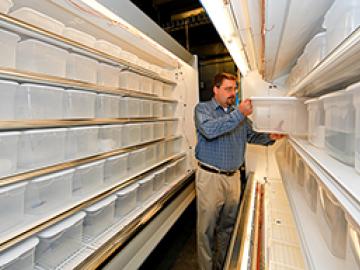
Polyphase wireless power transfer system achieves 270-kilowatt charge, s...
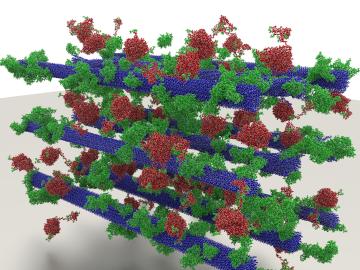
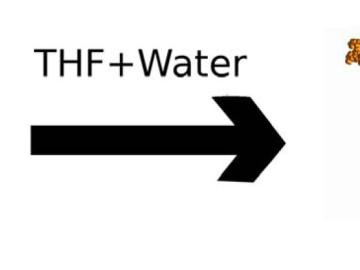
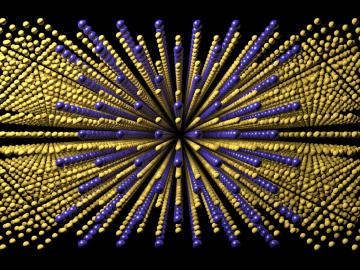
The Department of Energy’s Oak Ridge National Laboratory, FCA US LLC, and the foundry giant, Nemak of Mexico, are combining their strengths to create lightweight powertrain materials that will help the auto industry speed past the technological
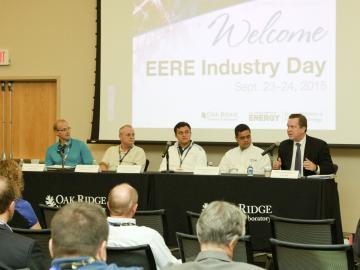
Winners of the inaugural Buildings Crowdsourcing Community Campaign were announced today at the Department of Energy’s Industry Day event at Oak Ridge National Laboratory. ORNL launched the crowdsourcing platform in March 2015 to give innovators an opportunity to present idea...
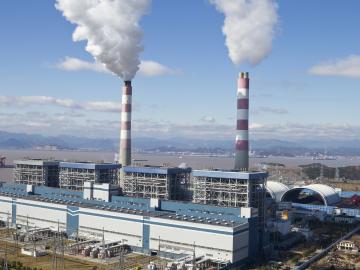
fuel carbon emissions, a distinction it still maintains. But exactly how much carbon China releases has been a topic of debate, with recent estimates varying by as much as 15 percent. “There’s great scruti...




